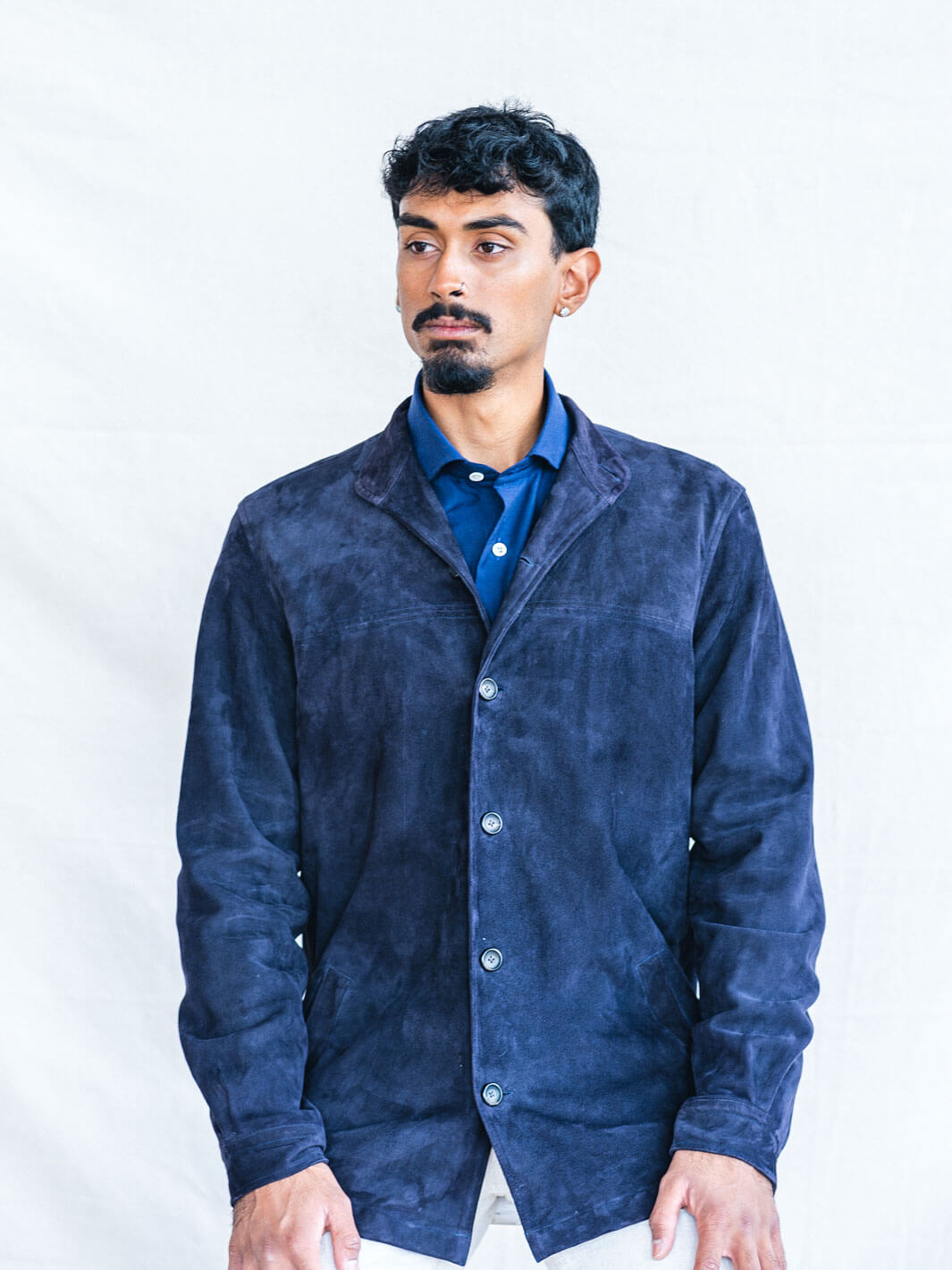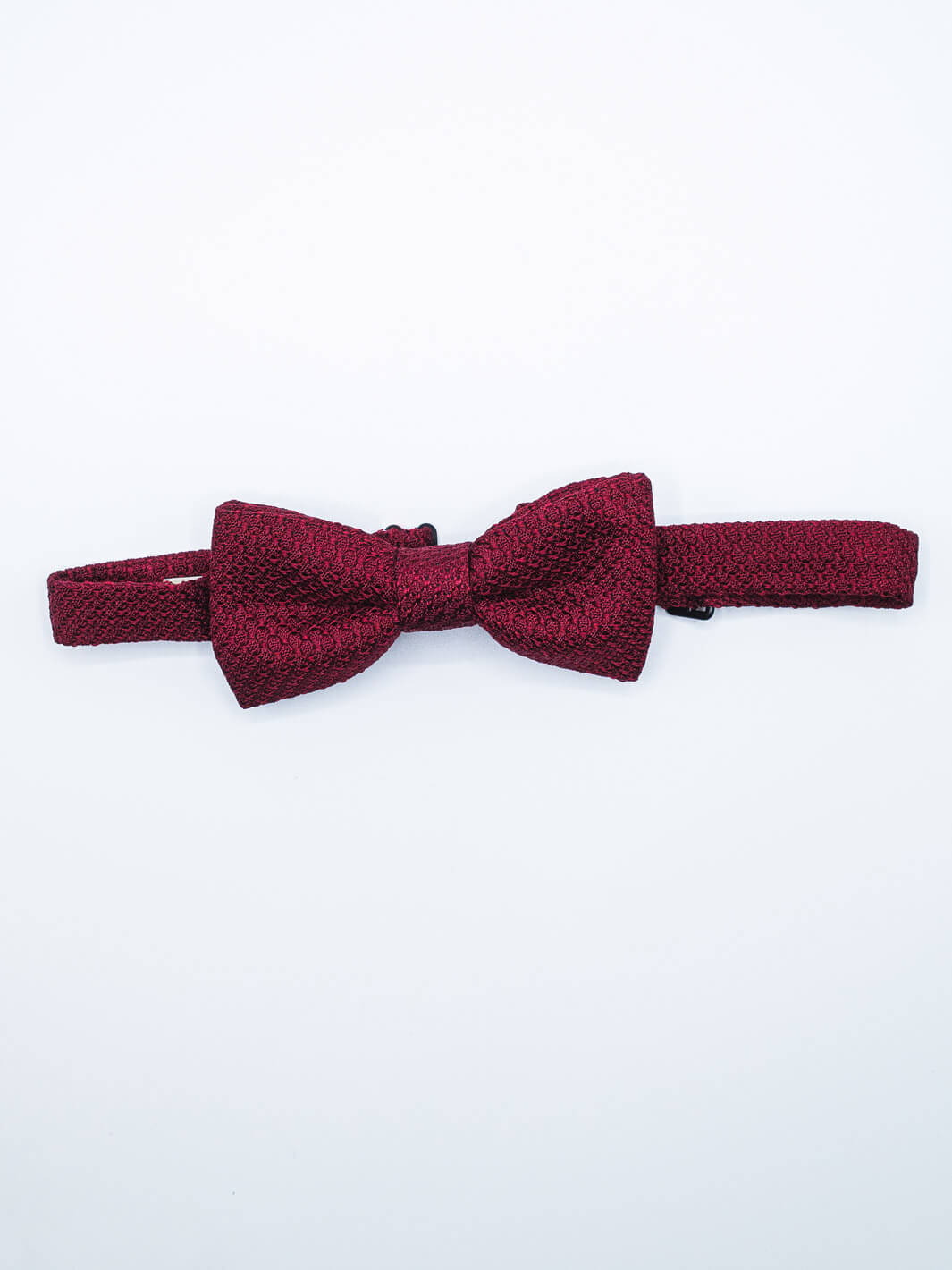In part 2 of our fabric series, we discussed cotton’s widespread use and popularity in the modern world, as well as what to look for in a quality garment. In this installment, we turn our attention to Silk: a natural fabric that has changed the course of history forever.
What Is Silk?
When you think of luxury fabric, what’s the first thing that comes to mind? If you answered “silk,” then you’re not alone. This soft, lustrous fabric has captured the hearts and minds of generations, from the time it was first conceived in ancient China to the moment it was introduced to the West via the web of trade routes known collectively as “The Silk Road.” But why is this the case? Why is silk so strongly associated with status and wealth in our collective imagination?
Silk is a natural material derived from the mulberry silkworm. Yes, you heard that right. Silk is produced by a worm during the construction of its cocoon, which creates the incubation chamber necessary for it to metamorphose into a silk moth. But before it can do that, the worm is destroyed in hot water to collect the undamaged silk fibers for processing, after which the finished yarns are woven into fabric for suit jackets, wedding gowns, pajamas, socks, scarves, and ties, as well as furniture upholstery, bedsheets, and more.

Today, over 70% of the world’s silk is produced in China. But unlike ancient times, it’s no longer an exclusive monopoly. In fact, some of the finest silk in the world can be found in countries like Italy and Japan, though they operate on a much smaller scale. Coming in second to China is India, accounting for just 13% of global supply. However, no country comes close to China’s vast industry.
The Chinese have had five millennia to perfect the craft (stretching back to the late Neolithic period) and have a vast infrastructure in place coupled with a climate that’s conducive to the fiber’s cultivation. Their grading system—though not universally used—is generally referred to when assessing for quality.
The ancient Romans used to say that silk was worth its weight in gold. And that’s still the case today. The fact is that silk can be quite expensive to harvest and process, even with today’s advancements in technology, lending itself to a higher price tag than other natural materials like cotton. It takes around 2,500 silkworms to create just one pound of raw silk. Additionally, a large labor force of skilled craftspeople is required to ensure quality is up to par, and that the worms are well fed and cared for.
A Brief History of Silk
Before China became a sprawling civilization of dynasties ruled by monarchs, a small pocket of settlements dotted the central plain near the Yellow River, which provided sustenance to a thriving agricultural community. There, we find the oldest archaeological evidence of silk production dating back 8,500 years. Unlike the civilization of ancient Egypt, the cultures that lived in the Yellow River Valley were pre-literate, yet they had knowledge of fabric weaving and were skilled craftsmen. In the 20th century, archaeologists uncovered fragments of silk buried with the dead at Jiahu, as well as primitive tools used for weaving.
Moving forward through time (4th century BC), we find solid evidence of silk being used to wrap the bodies of the dead before they were placed in burial urns. This continued into the Shang and Zhou dynasties (2nd century BC), where royal tombs were found containing silk. During this period of time, silk was already widely produced and traded, as evidenced by the presence of silk found in Egyptian tombs. By then, weaving technology and sericulture had improved, and silk had become a major export.

Due to silk’s extraordinary properties, various civilizations throughout Europe, East Asia, and the Middle East seeked to acquire it. This led to the gradual development of multiple trade routes (known as “The Silk Road”) connecting East and West. Starting from around the 2nd century BC and continuing until around the 14th century, traders would travel by camel from point A to point B, buying and selling textiles, tea, spices, and other goods via intermediaries.
The exchange of goods quickly led to the exchange of ideas, paving the way for advancements in medicine, the arts, literature, and philosophy. Unfortunately, it also led to the spread of more virulent diseases like the Black Plague, which was a pandemic that had a devastating impact on populations that came into contact with it, especially in Europe. However, the impact of this event eventually contributed to a better understanding of medical science, as well as higher wages for those who survived the subsequent labor shortage.
How Is Silk Made?
Silk farming, or sericulture, is the process of rearing silkworms for the purpose of extracting the raw silk they produce. This requires paying careful attention to their health status, managing their feeding cycle, and making sure the temperature is ideal for their growth. A silkworm requires plenty of energy to transform from its larval stage into a fully developed moth, so the silk farmer needs to provide it with plenty of mulberry leaves to munch on.
The first step in the process is to wait for the eggs to hatch. Silk farmers usually buy them from an egg breeder who selectively breeds worms capable of producing a greater yield and higher quality silk. Once they hatch, the silkworms are placed on well-ventilated trays, each filled with an ample supply of cut up mulberry leaves. As their bodies grow, so does their appetite—requiring the farmer to replenish the tray with fresh leaves 1-3 times per day depending on their stage of development.

For perspective, it takes almost 500 pounds of mulberry leaves to produce 1 kg (2.2 lbs.) of raw silk. During this feeding process, silkworms will molt a total of four times before they fully mature. This resting period allows the silkworm to make room for its newly acquired weight. By the time it’s ready to spin its cocoon, it will have grown from 2-3 mm in length to around 3 inches—about the size of your middle finger!
After about a month, the silkworms are ready to pupate, so they are transferred to a new container where they can spin their cocoon in peace. After a few days, the silkworm completes its cocoon, enclosing itself entirely. From there, it begins its transformation process, lasting a period of about two weeks. However, to keep the fiber undamaged, silk farmers end this process early by submerging the cocoon in boiling water, thus killing the pupa before it can burst out as a fully formed moth.
Once the cocoon is softened by heat, the fibers are unwound and straightened; this process is known as “reeling” and is usually automated. The second step is called “throwing,” when the reeled fibers are twisted together into yarn. The purpose of this is to make the delicate fibers thick and strong in preparation for weaving or knitting. Along the way, the yarn is degummed and dyed, leaving it with a soft and—dare I say—“silky” feel.
Properties of Silk
For decades, marketers have capitalized on silk’s well-earned reputation as the ultimate in comfort and luxury. From skin care products to “silky smooth” beverages, it seems that everyone wants to associate their product with silk. But aside from its unique origins, what really sets silk apart from other natural fibers?
• Soft & Smooth
We all know that cotton is soft, and so is linen. But nothing compares to the texture of silk. Its unique chemical composition gives it an airy, almost otherworldly feel. Lightly rub it between your fingers, and you’ll see what I mean. Smooth to the touch (without being slick) and incredibly soft, a silk garment will feel like a second skin.
• Nice Sheen
Silk is known for its luxurious luster. It draws the eye and enhances its allure. And depending on how it’s made, a silk garment will either have a soft sheen (crepe silk) or something a bit more pronounced (satin silk). However, you can forgo the sheen entirely if you want to wear, say, a formal jacket, yet still have it entirely made of silk. For example, Dupioni and Shantung are a few good choices for you if you’re looking for a matte/slubby texture. We carry a few beautiful shantung ties for this very reason.
• Strength & Elasticity
Despite what you may have heard, silk is quite strong and has a fair amount of elasticity. However, it can have trouble bouncing back to its original shape if the fibers are stretched when wet, so it pays dividends to take care of your garments properly.
How to Care for Silk
When washing silk, it’s generally recommended you hand wash it, but sometimes you may be able to get away with a gentle cycle, so long as you put it in a mesh laundry bag for additional protection. Always use a gentle detergent when doing so and make sure to air dry it.
Avoid wringing out excess water or exposing it to sunlight when wet, as this can permanently damage the fabric. If you’d like to iron it, you can. Just make sure to lightly dampen it first, place a pressing cloth over it for protection, and iron it on low heat.
Silk Ties
At Anatoly’s, we carry a variety of handcrafted silk ties from the luxury Italian brand Paolo Albizzati. Included in our collection are a series of patterns and colors that bring out silk’s timeless beauty:
- Our medallion, paisley, and flower print ties are all excellent choices if you want to add character to your outfit.
- Chambray is also a fitting choice if you’re looking for a more casual, summer-time feel.
- For more intricate weaves, consider purchasing a grenadine tie. These have a very nice texture and look absolutely stunning in any color.
- Shantung is an excellent choice if you're looking for something with an irregular weave with no luster.
For more inspiration, we encourage you to browse our tie collection on our website. I hope this article was educational for you, and we’ll see you in the final installment.
Part IV: The Definitive Guide to Wool









